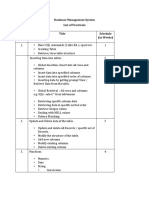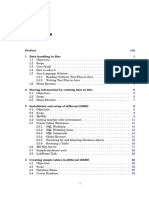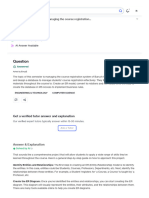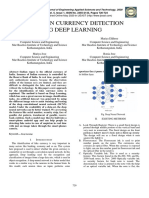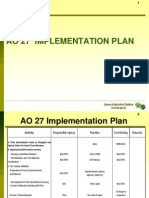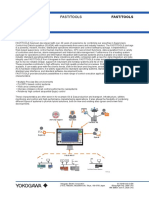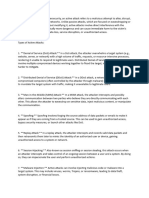0% found this document useful (0 votes)
32 views13 pagesCSA Practical File
The document outlines a series of practical exercises for learning Database Management System (DBMS) concepts using MySQL. It includes installation, database creation, data manipulation, and advanced topics like triggers, stored procedures, and JSON data handling. Each practical is structured with objectives, procedures, and expected outputs to facilitate hands-on learning.
Uploaded by
yashyadav78621Copyright
© © All Rights Reserved
We take content rights seriously. If you suspect this is your content, claim it here.
Available Formats
Download as DOCX, PDF, TXT or read online on Scribd
0% found this document useful (0 votes)
32 views13 pagesCSA Practical File
The document outlines a series of practical exercises for learning Database Management System (DBMS) concepts using MySQL. It includes installation, database creation, data manipulation, and advanced topics like triggers, stored procedures, and JSON data handling. Each practical is structured with objectives, procedures, and expected outputs to facilitate hands-on learning.
Uploaded by
yashyadav78621Copyright
© © All Rights Reserved
We take content rights seriously. If you suspect this is your content, claim it here.
Available Formats
Download as DOCX, PDF, TXT or read online on Scribd
/ 13



























